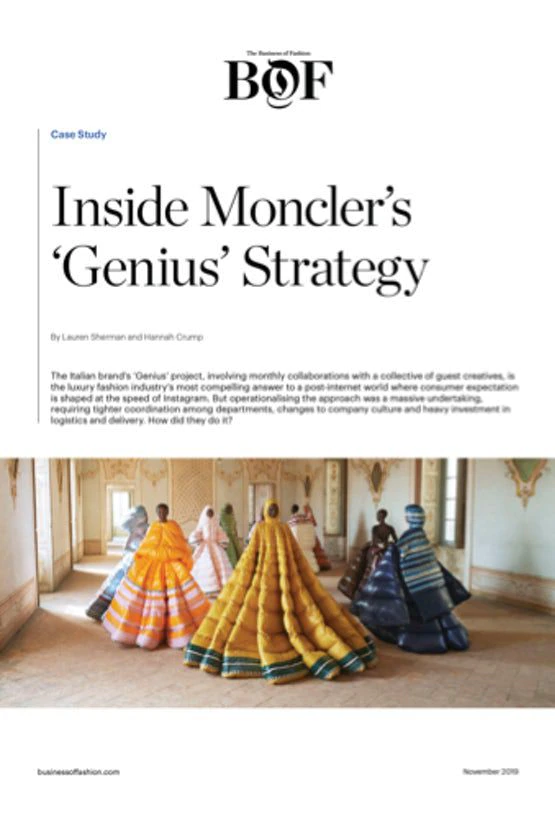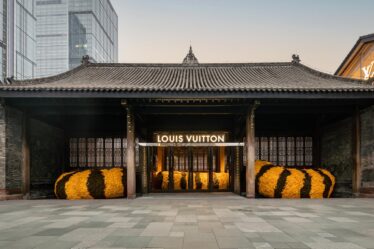
Moncler is a modern luxury success story. Its Chairman, Chief Executive and main shareholder Remo Ruffini bought the near-bankrupt heritage skiwear label in 2003, transforming it into an exclusive fashion brand that now generates more than $1.5 billion annually. To accomplish this feat, Ruffini reinvented Moncler’s marketing model not once, not twice, but three times over the course of 15 years.
In 2018, the Italian luxury brand embarked on its most ambitious overhaul yet, replacing its seasonal fashion collections with monthly collaborations featuring a collective of guest talents, including Valentino‘s Pierpaolo Piccioli, Craig Green and Simone Rocha. It was a bid to keep pace with a fashion market that craves newness and innovation at the speed of Instagram, staying continuously present in the hearts, minds and social media feeds of consumers.
“You cannot talk to your customer every six months; you need to talk every day,” Ruffini said at the time. “I hope the Genius strategy will get young kids, a young generation, talking about Moncler around the world.”
Talk they did, generating millions of dollars’ worth of earned media value. They also turned up at Moncler boutiques in greater numbers, driving an uptick in sales. The strategy has inspired the likes of Tod’s and Calvin Klein to develop similar initiatives. But operationalising the approach was a massive undertaking for Moncler, requiring tighter coordination among departments, changes to company culture and heavy investment in logistics and delivery.
This case study goes inside Moncler to examine the mechanics of the company’s ‘Genius’ strategy. While Ruffini and his executives don’t have all the answers, ‘Genius’ is one of the luxury fashion industry’s most compelling solutions to the dynamics of a post-internet world.
Click below to read the case study now.



